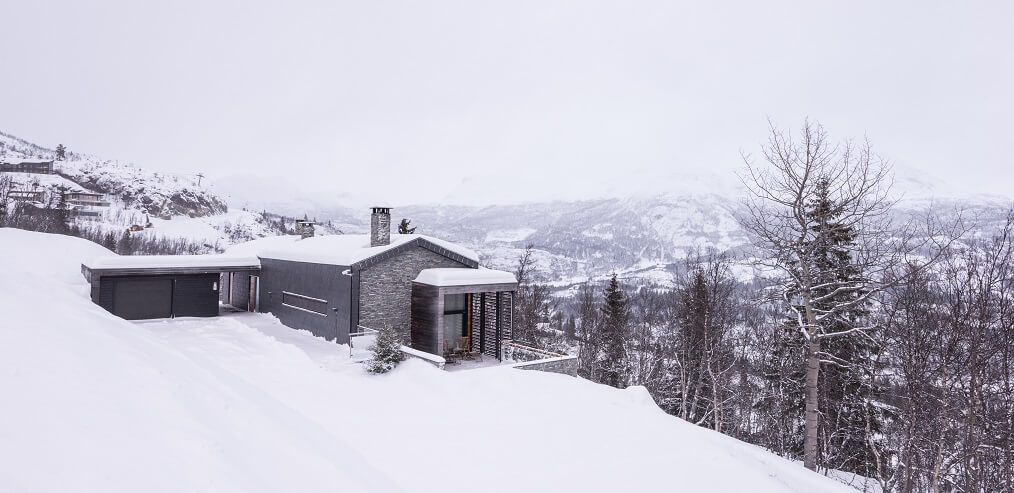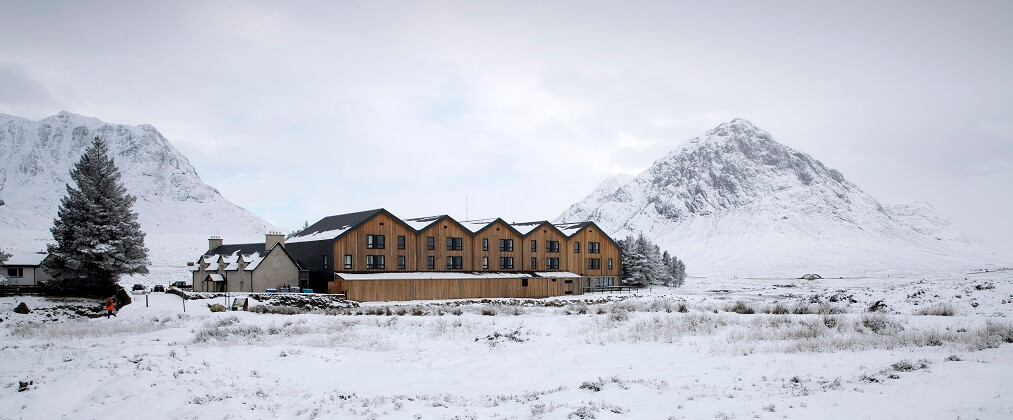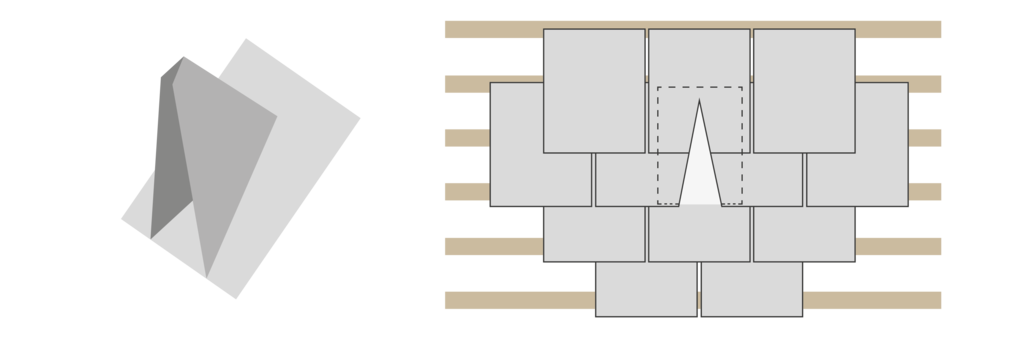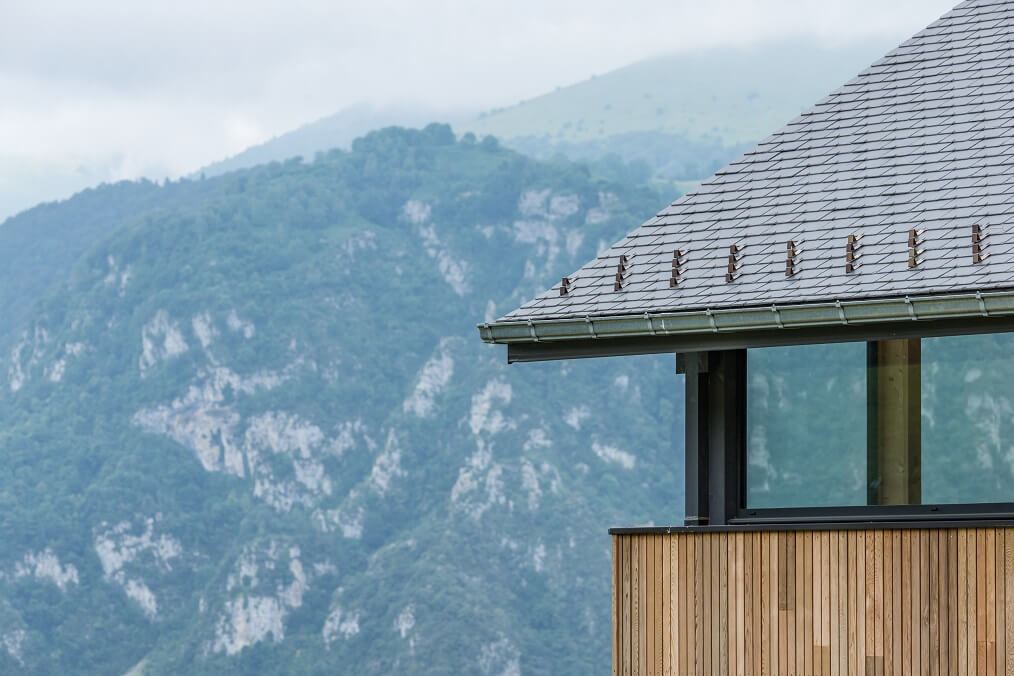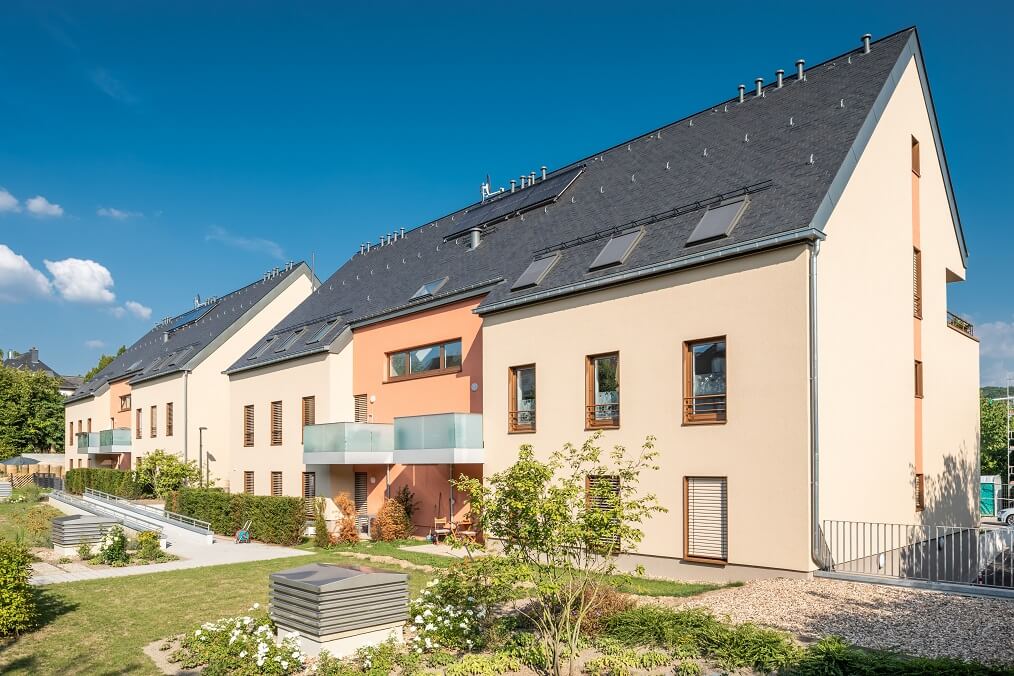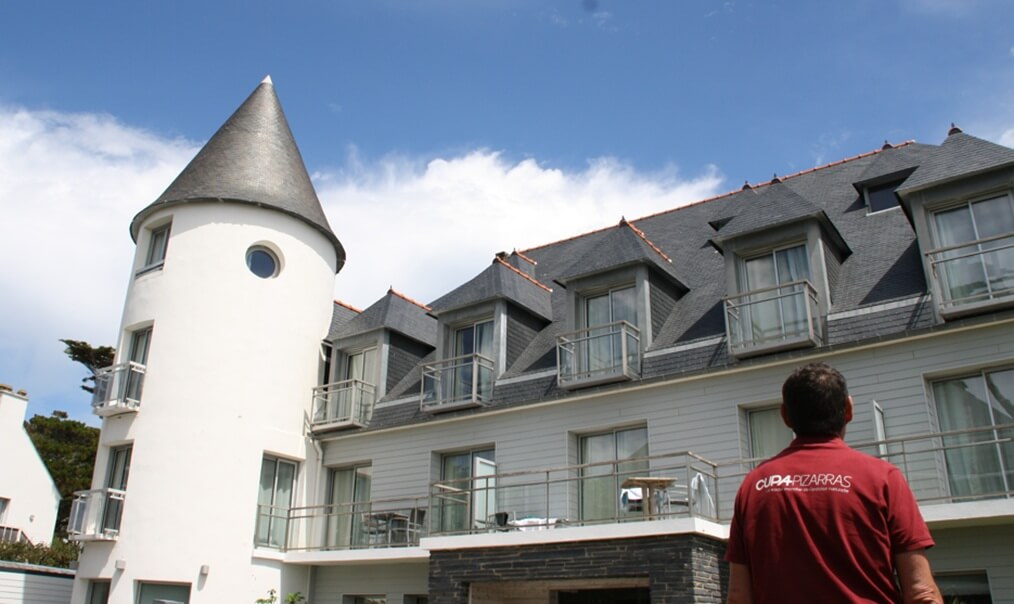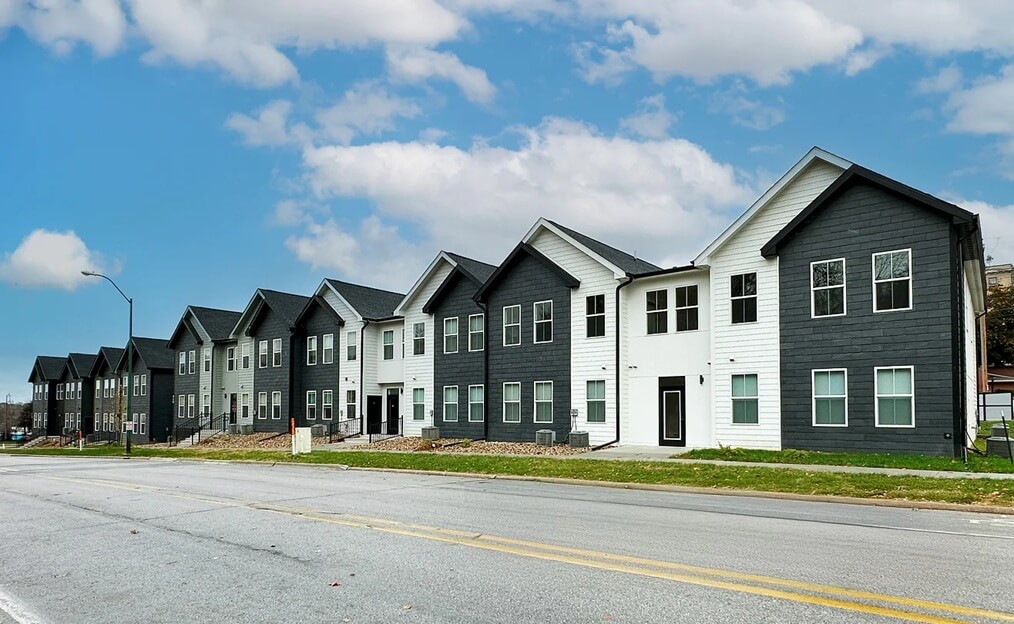Snow on the roof: winter tips
Winter is coming, and this season is synonymous with snow in many regions. A reason for joy for many as it offers us wonderful scenery, but is also a real headache for your roof. Buildings are put to the test during winter with low temperatures, snow and ice.
When snow accumulates on the roof, it creates a collection of direct and indirect problems. Two examples are the extra weight that the structure must bear after a snowfall and the risk of avalanches when the snow melts.
Roofing design is one of a fundamental approach to avoid nasty snow-related surprises. In mountain areas, where snow is common, houses are built with sloping roofs with a pitch that helps water to slide off easily. Furthermore, you have to take into account other factors such as orientation and hours of sunlight.
Choosing a good material is also another key way to avoid issues. Natural slate is perfect for harsh winters because it has a very low water absorption and is frost resistant, it can stand for months with snow on it without any leaks. Furthermore, natural slate properties remain unchanged no matter how much ice and snow there is.
To avoid any material and personal damages, there are some options that we have gathered here. All of them can be installed permanently in your natural slate roof:
- Snow guards: Its main function is to break the ice sheets to avoid avalanches. This way, snow and ice are displaced little by little when that area melts.
Snow guards can be installed at any point in the roof pitch and the distance will depend on several technical and climatic factors - Snow hooks: Those hooks retain the snow on the roof but distributing weight to avoid the creation of big ice shelves. They also help to protect the gutters and other evacuation systems.
There is a huge range of sizes, materials and formats – some of them are true pieces of art. You can choose also the fixing system such as hook, nails or other alternatives.
Snow hooks are installed usually at the bottom of the roof pitch, in lines of three non-consecutive, and the distance depends on several factors such as the slope of the roof, geographical situation or orientation. - Snow bars / Snow logs: This system is quite different from the previous two. Here the main objective is to retain the snow and avoid it falling from the roof using horizontal bars that can be made from different materials such as wood. It’s used in regions where snowfalls are very heavy.
Remember that the main goal of all these systems is safety, either to avoid injuries or material damages. For that reason, we strongly recommend visiting an accredited professional in the field. If you need help you can always contact us to guide you and help you finding a solution.

